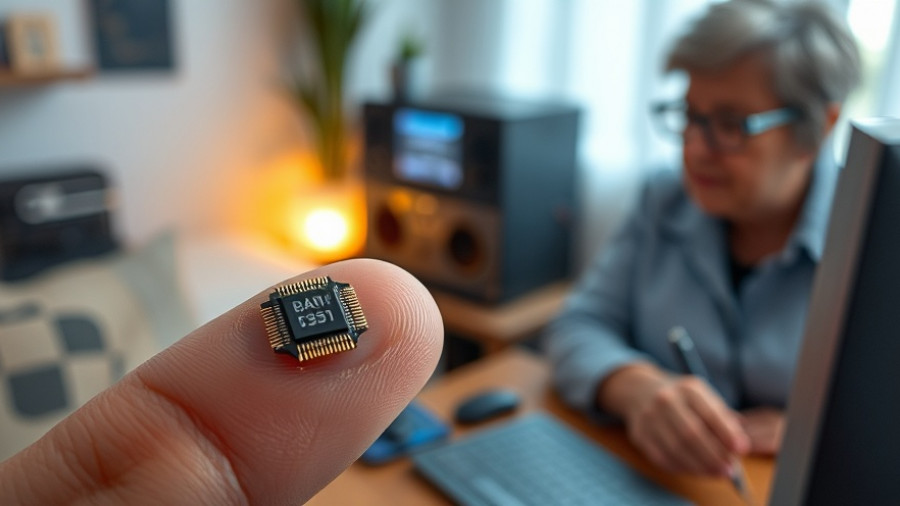
The Dawn of a New Era in Vision Restoration
In an exciting breakthrough for individuals suffering from dry age-related macular degeneration (AMD), dozens of people have recently regained their sight through a revolutionary microchip implant called the PRIMA system. This remarkable advancement transforms the lives of those previously deprived of meaningful central vision, offering renewed hope and independence.
Understanding Dry AMD and Its Impact
AMD is an eye condition that damages the macula, the part of the retina responsible for central vision, gradually leading to irreversible sight loss. Geographic atrophy is an advanced form of dry AMD affecting about one million Americans, leaving them nearly blind in terms of reading and recognizing faces. Historically, treatments have focused on managing the disease's progression rather than restoring lost vision.
The Revolutionary PRIMA System
Developed by Science Corporation in collaboration with Moorfields Eye Hospital and the UCL Institute of Ophthalmology, the PRIMA system pairs a tiny photovoltaic retina implant chip—measuring just 2mm x 2mm—with augmented reality (AR) glasses. This innovative device harnesses light to stimulate healthy retinal neurons, effectively bypassing the damaged ones.
Undergoing a straightforward surgical procedure lasting less than two hours, patients receive the implant beneath the macula, where it remains dormant until activated after approximately a month. Once activated, the device works in harmony with a handheld computer and AR glasses, allowing users to process visual data captured and transformed into electrical signals interpreted by the brain as images.
Astonishing Results from Clinical Trials
The recent trial involved 38 patients across multiple European countries. Impressively, 84% of participants reported regaining the ability to read letters, numbers, and words following the procedure. One successful candidate, Sheila Irvine, described the experience as transformative, expressing excitement at being able to read once more—an activity crucial for her sense of self and independence.
Quality of Life Improvements
Patients like Irvine—once limited to peripheral vision—are now navigating through everyday tasks with renewed confidence. In her own words: "It was like having two black discs in my eyes, with the outside distorted… reading takes you into another world; I'm definitely more optimistic now.” Similar statements from patients highlight the profound psychological and emotional benefits derived from restored vision.
The Future of Vision Restoration Technology
Experts believe the PRIMA system could herald the beginning of a new age in artificial vision. Mr. Mahi Muqit, the senior vitreoretinal consultant overseeing the UK arm of the trial, stated, "In the history of artificial vision, this represents a new era. Blind patients can genuinely regain meaningful central vision restoration, which has never been done before.”
The implications of such technology are substantial, potentially paving the way for solutions to treat various other eye conditions in the future. However, patients will require time and training to adapt to this innovative method of viewing the world, demonstrating the need for robust ongoing rehabilitation programs.
Engagement from the Community
This groundbreaking development illustrates the significance of local contributions to global health solutions. As Kansas City residents, witnessing scientific advancements in medicine can kindle local pride and enthusiasm for future innovations in our community. Together, as we look forward to potential applications of this technology, we must encourage discussions surrounding access, research, and support for clinical trials.
For those intrigued about further possibilities or eager to share insights regarding this breakthrough, we encourage you to connect with us. Your story and experiences might inspire others and foster a richer dialogue about the advancements shaping our society.
We invite you to share your thoughts or stories by reaching us at: team@kansascitythrive.com.
 Add Row
Add Row  Add
Add 





Write A Comment